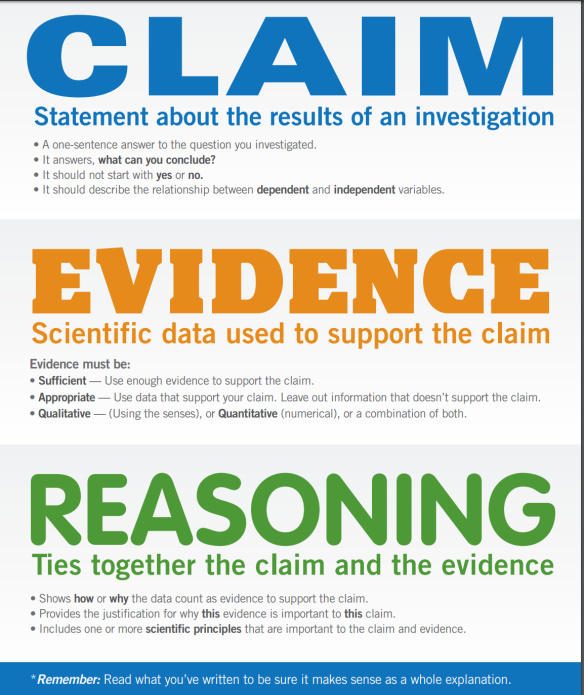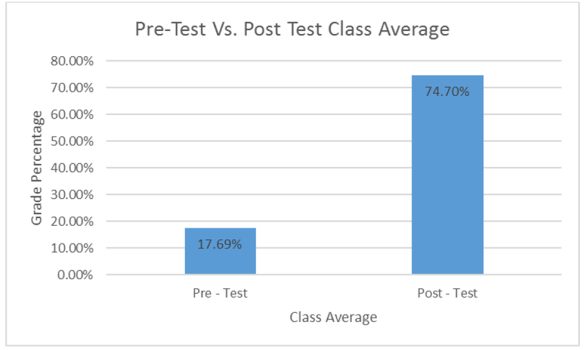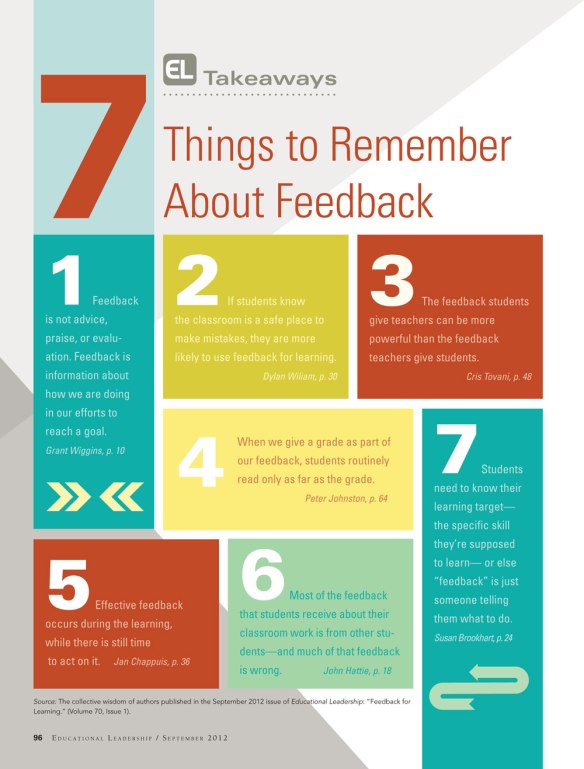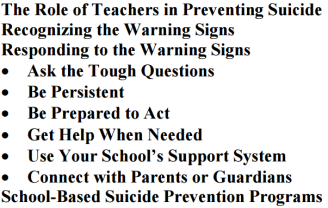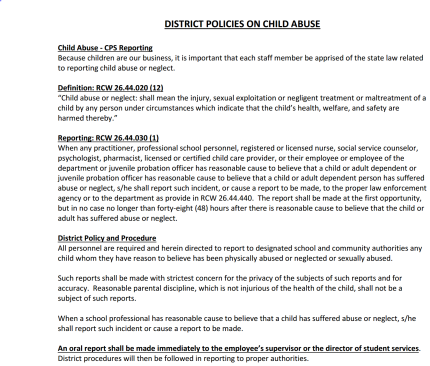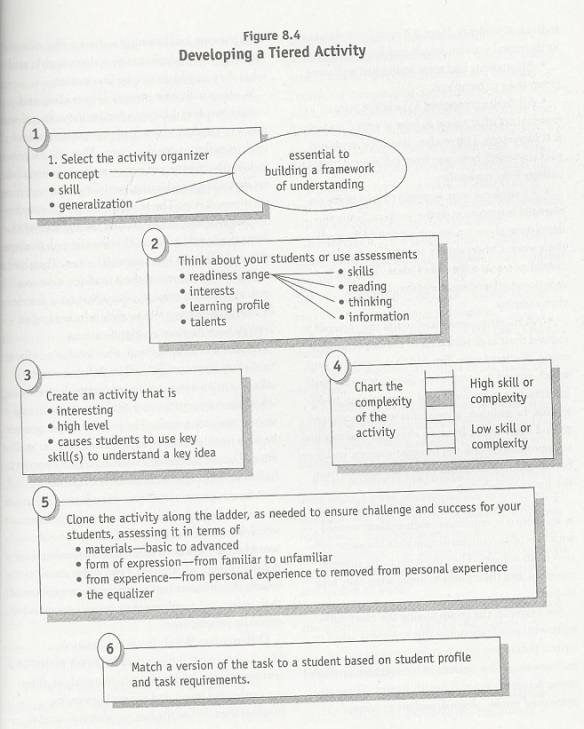Rationale
“Exposure to other kinds of stories and storytellers will prepare them for the worlds they have yet to encounter, our children look toward a future in which they will be well versed in dealing across linguistic, cultural, and national boundaries or they will be left behind.” -Christopher Myers
“It is time for parents to teach young people early on that in diversity there is beauty and there is strength” – Maya Angelou
What is missing?
Diversity in all forms is greatly underrepresented in the current English language arts curriculum. In classrooms of growing diversity, it becomes increasingly important that texts are relevant and that students can identify with and relate to the readings. “The A.P. Recommended Reading list, a compilation of all books that have appeared on A.P. Literature Exams since 1973, is primarily composed of realistic fiction books written by male authors who are white Americans or Western European” (Nakai & Rebitzer, 2015). According to the National Center for Education Statistics, the number of white students in American public schools has dropped to fifty percent and is expected to continue to decline. At the same time, the numbers of minority groups have been increasing. In other words, white students are no longer the majority and the student populations of our schools are only going to become more diverse in the future. The National Center for Education Statistics expands on this finding; “Trends in immigration and birth rates indicate that soon there will be no majority racial or ethnic group in the United States—no one group that makes up more than fifty percent of the total population. Already almost one in ten U.S. counties has a population that is more than fifty percent minority”. White students being the majority can no longer be used as a justification for the typical English language arts class reading list. The NCES also reports that in 2014, the number of English language learners in American public schools was on the rise and comprised 9.3 percent of all students, or 4.5 million. Additionally, the NCES has found that in the same year, 6.5 million students or thirteen percent of all students in U.S. public schools are receiving special education services. What is being read in the classroom needs to adjusted to fit the needs of the changing student population.
Responding to Changes in Demographics
Based on the aforementioned statistics, it is clear that the classroom population is not predominantly white males, so it doesn’t make sense that our reading list is. If teachers are only assigning works by and about white men, they are doing students a great disservice. Learners are being deprived of other worldviews and perspectives such as those of people of color and women. Exploring written works that include a variety of views, genres, and voices is an integral part of becoming a knowledgeable participant in society. The first NCTE standard states that “Students read a wide range of print and non-print texts to build an understanding of texts, of themselves, and of the cultures of the United States and the world; to acquire new information; to respond to the needs and demands of society and the workplace; and for personal fulfillment. Among these texts are fiction and nonfiction, classic and contemporary works” (NCTE, 2012). Furthermore, all students can benefit from reading about people and experiences that differ greatly from their own. It fosters better understanding of narratives that are often overlooked and neglected in the English language arts classroom. One of the guiding values of the National Council of Teachers of English (NCTE) is to prepare students “to participate fully as informed, productive members of society”. Educators need to incorporate a variety of texts from the past and present written by and about diverse people into their teaching practice so that students can be well-rounded readers and ultimately informed citizens in a globalized world.
The Psychological Value of Reading Fiction
A social psychology study conducted in 2013 found that students become more empathetic through the reading of literary fiction. “This psychological awareness carries over into the real world, which is full of complicated individuals whose inner lives are usually difficult to fathom…characters disrupt reader expectations, undermining prejudices and stereotypes. They support and teach us values about social behavior, such as the importance of understanding those who are different from ourselves” (Chiaet, 2013). These findings that confirm the social influence fiction can have on readers. This concept has been used to justify reading programs in prisons and to help autistic children develop better communication and relationship-building skills. Fiction can be used as a socialization tool in the classroom.
Fiction’s Impact on the Human Brain
A 2014 study conducted by neuroscientists found that when reading fiction, the same parts of the brain are activated as in a real-life experience. At a neurobiological level, the reader is living vicariously through the character (Bergland, 2014). Theory of Mind is the concept of cognitive processes in which individuals are aware of and comprehend the mental state, actions, motivations of themselves and others. It is essentially a combination of empathy and metacognition. The hope is that “The reader, hopefully, is drawn into the story and imagines herself in the shoes of the hero, taking on the main character’s gender, ethnicity, values, and quests” (Yokota, 2015). When students take the time to consider where other individuals are coming from, they are better able to relate to them and have a positive, collaborative relationship with them. Research on this topic has shown that “exposure to narrative fiction can improve theory of mind and someone’s ability to understand what other people are thinking, feeling, and doing” (Bergland). This is a life skill that has applications outside of the classroom for students. Seeking to understand others and embracing differences is part of having a positive culture in the classroom.
Stories as an Educational Tool
Stories are often used as a tool for teaching children values, morals, and manners. This concept can be applied to secondary students with more groundbreaking concepts. Educators want to provide an inclusive education to students and provide a safe learning environment in which everyone feels valued. Books are a means of learning about others. They also inspire personal reflection and introspection. Stories have the ability to challenge negative stereotypes and lead readers to develop deeper understanding, awareness and acceptance of differences, diversity, and disabilities (Gilmore & Howard, 2016). Students in classrooms today will be a part of the future. They will be expected to collaborate with diverse individuals in larger society as adults. It is in their best interest to become comfortable with and accepting of diversity in all its forms; racial, ethnic, religious, ability, sexuality, gender identity, and countless others.
Why is Representation Important?
The writers and texts read in class should reflect the diversity of our student population. Representation is very important, especially to impressionable youth who are in the process of developing their own identities in every sense of the word. When students are exposed to only one type of book in their public-school education, it is easy for them to believe that these limited selections are representative of literature as a whole. If readers have no connection with an author or character, they are less likely to enjoy reading or to identify themselves as readers. In contrast, if students are introduced to a wide variety of stories, they are more likely to be engaged and motivated. Researcher David Denby studied English classrooms in several public high schools and found that those reading literature of diverse authors with diverse characters experience great gains in student achievement as well as positive learning outcomes. “Students became passionately involved through creative assignments and fiery classroom debates. Books, one of our oldest technologies, helped connect them to different experiences, cultures and ideas with greater depth” (America, 2016). This best practice is part of culturally responsive teaching (Griner & Stewart, 2012). Providing diverse reading selections and choices in the classroom will promote greater student interest and involvement. “Our interest in diverse forms of storytelling and content can be thought of as an essential component of creating a sense of global citizenship” (Yokota). Exploration of diverse narratives in the classroom will promote a sense of community and interconnectivity. The classroom can be a safe place to discuss cultural pluralism and issues concerning social justice.
Authentic Representation
It is important to note that it is important to not just simply have the presence of diversity, but to have authentic representation of diversity. Poorly executed representation can do more harm than good. Teachers do not want to select texts that perpetuate negative stereotypes. This is why incorporating the works of diverse authors is so important—who better to tell stories than those of a similar background and experiences. Students will be able to recognize faithful representation of individuals they relate to.
Fear Not, this is Not a Call to Abandon Beloved Classics
This is not to say that we should remove the beloved classics such as Don Quixote, The Odyssey or Beowulf from the classroom, only that we should also strive to diversify our course readings. It is true that students are free to seek out books that are representative of their culture and ethnicity in their free time. That being said, when we exclude certain writers and stories from the curriculum, we are prioritizing select voices over others. Including diverse authors and stories prevents students from being led to believe that literary works of non-Western writers are insignificant or irrelevant. If only works from the distant past are read, it implies to students that contemporary works have no value. Allowing students to read young adult fiction or analyze autobiographical music lyrics makes narratives fresh and relevant to kids.
Armed with This Knowledge, Educators Can Make a Positive Impact on Students
It is clear that reading literary fiction has great power and potential to profoundly impact students. This necessitates that teachers armed with this knowledge ensure what they read in their classrooms promotes inclusivity, social justice, and a positive learning environment where everyone feels valued and represented.
Implications for Future Lessons and Our Narrative Unit
I propose that in upcoming units, we are more mindful of our population and of representing them in the texts we choose. As part of my classroom’s narrative unit we will be exploring works of authors and stories of characters who reflect our community. There will be a list of books that honor the diversity in the classroom that students can choose from. The unit will conclude with students writing their own personal narratives in their authentic voices. The goal of the unit is for students to not only understand narratives but to feel empowered and develop empathy and understanding of others.
Bibliography:
Bergland, C. (2014). Can Reading a Fictional Story Make You More Empathetic? Psychology Today. Retrieved from https://www.psychologytoday.com/blog/the-athletes-way/201412/can-reading-fictional-story-make-you-more-empathetic.
Chiaet , J. (2013). Novel Finding: Reading Literary Fiction Improves Empathy. Scientific American. Retrieved from https://www.scientificamerican.com/article/novel-finding-reading-literary-fiction-improves-empathy/.
Gilmore, L., & Howard, G. (2016). Children’s Books that Promote Understanding of Difference, Diversity and Disability. Journal of Psychologists & Counsellors in Schools, 26(2), 218-251. doi:10.1017/jgc.2016.26
Griner, A. C., & Stewart, M. L. (2013). Addressing the Achievement Gap and Disproportionality Through the Use of Culturally Responsive Teaching Practices. Urban Education, 48(4), 585-621. doi:10.1177/0042085912456847
Nakai, A., & Rebitzer, E. (2015). To Kill a Love of Reading: English Reading Lists Need More Diversity. Verde Magazine. Retrieved from http://verdemagazine.com/to-kill-a-love-of-reading-english-reading-lists-need-more-diversity
Yokota, J. (2015). WHAT NEEDS TO HAPPEN?. Reading Today, 32(6), 18-21.
(2016, September 12). Reading, a Social Good. America. p. 5.
http://www.ncte.org/standards/ncte-ira
Suggested Narratives
Theme for English B by Langston Hughes
Wonder by R.J. Palacio
The Curious Incident of the Dog in the Night-Time by Mark Haddon
Inside Out & Back Again by Thanhha Lai
Home of the Brave by Katherine Applegate
The Absolutely True Diary of a Part-Time Indian by Sherman Alexie
Brown Girl Dreaming by Jacqueline Woodson
March: Book 1 by Andrew Aydin and John Lewis
